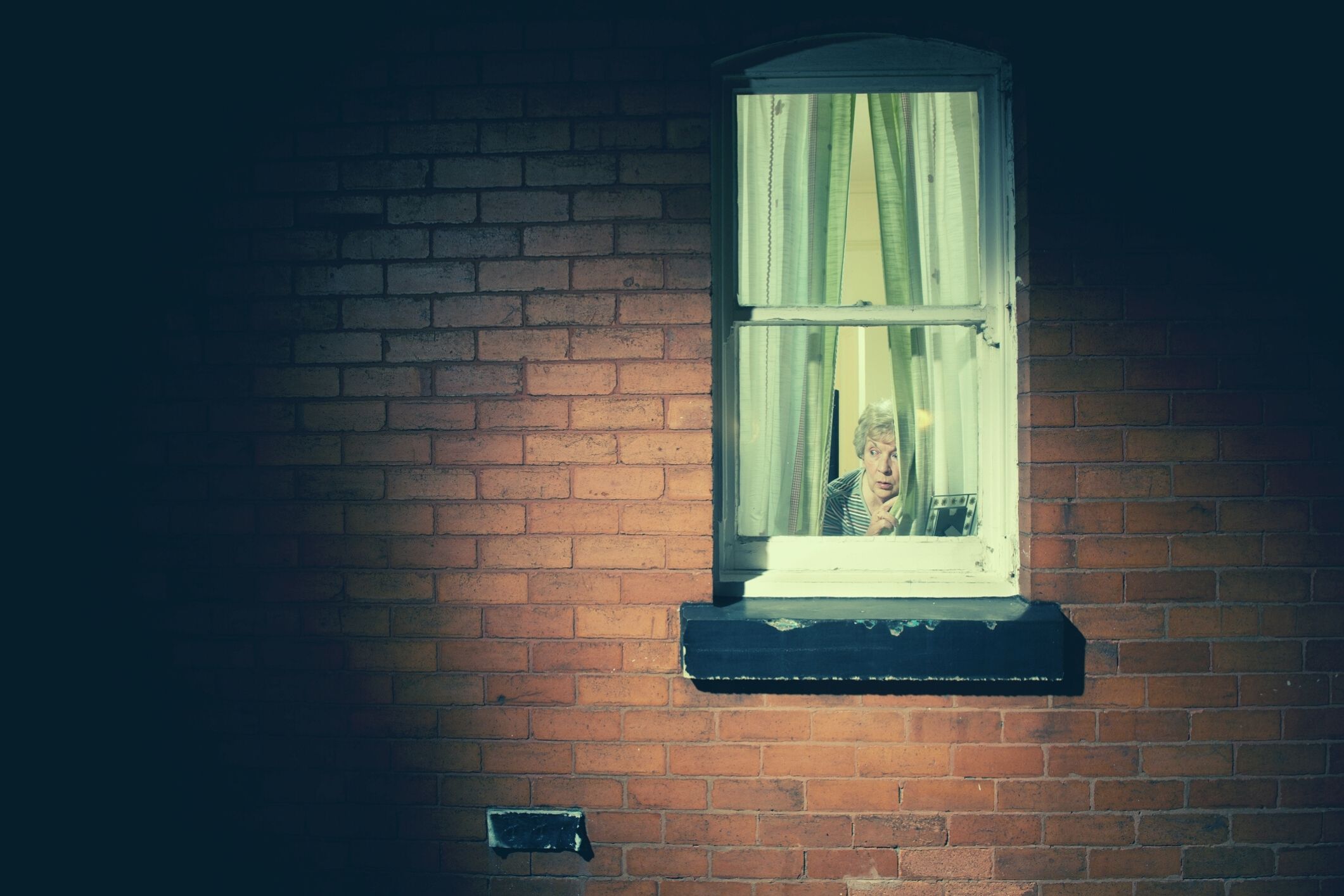
They are, however, considerably more fearful than younger people in better-off neighbourhoods with low levels of crime.
The researchers, Associate Professor Rebecca Wickes from Monash University in Melbourne, Dr Göran Köber from the University of Freiburg and Professor Dietrich Oberwittler from Max Planck Institute for the Study of Crime, Security and Law, tabled their findings in the journal of Ageing & Society.
Their paper, Old age and fear of crime: cross-national evidence for a decreased impact of neighbourhood disadvantage in older age, investigated age and neighbourhood disadvantage using two independent surveys comprising 12,620 respondents aged 25-90 residing in 435 neighbourhoods in four cities in Germany and Australia.
Researchers inferred that younger people have stronger reactions to neighbourhood social conditions in expressing fear, whereas older people show high levels of fear irrespective of neighbourhood contexts.
There are very few studies that have systematically investigated how neighbourhoods impact safety perceptions – or wellbeing more generally – by comparing different age cohorts living in similar kinds of places.
Data from Australian and German cities were used to make findings more robust, with both countries belonging to the group of highly developed nations and having a similar per capita GDP and unemployment rate.
Social disadvantage was measured by unemployment rates and police-recorded neighbourhood crime rates.
“There is a strongly-held belief that older people experience heightened levels of fear of crime disproportionate to the actual risks,” Associate Professor Wickes said.
“Our analysis found, however, it is far more nuanced than that. Residents of all ages who live in areas of concentrated disadvantage have more reason to express anxieties about social and economic threats.
“The very high fear levels of older residents in better-off neighbourhoods suggest that their safety perceptions are out of proportion with real neighbourhood conditions, and hence must be influenced by other factors distinctive to their age group.”
In their analysis, researchers found:
“We see that the reduced impact of neighbourhood disadvantage on localised fear in older residents is likely due to their higher levels of neighbourhood attachment – essentially a strong ‘sense of place identity’ protects them,” Associate Professor Wickes said.
“These findings have important implications for governments and policy makers in addressing the needs of older community members. Both those in disadvantaged neighbourhoods and those in middle-class neighbourhoods could benefit from programs that improve their subjective security.”
To investigate Australian neighbourhoods, researchers used data from the Australian Community Capacity Study which was conducted in 2010 as a computer-assisted telephone interview survey in 295 neighbourhoods in Brisbane (Wave 3) and Melbourne (Wave 1). For Germany, the first wave of the SENSIKO study conducted in 2014 was used, a postal survey in 140 neighbourhoods in Cologne and Essen. Both surveys used sampling frames of the general adult population residing in private dwellings – from age 18 in Australia and 25-90 years in Germany.